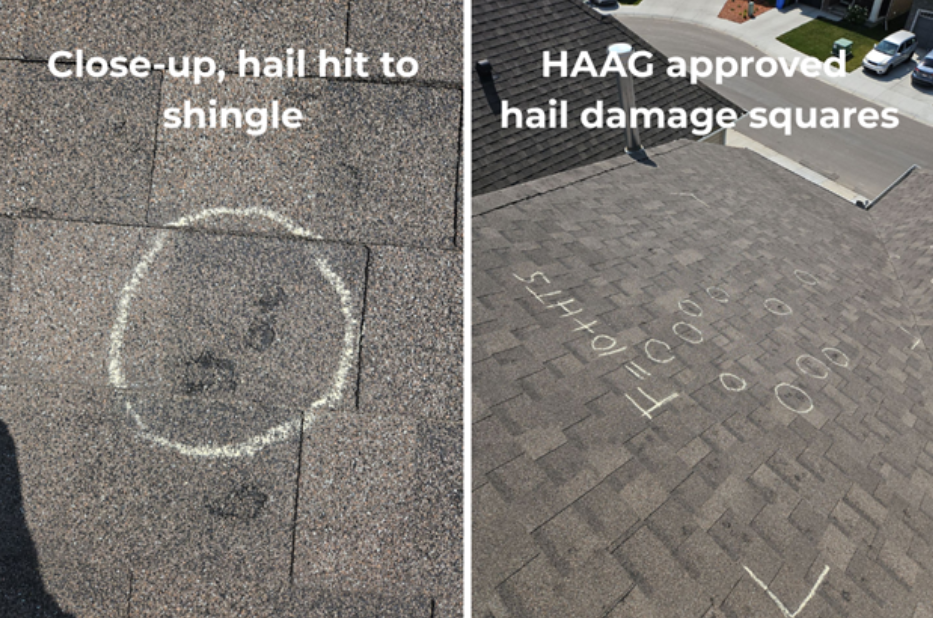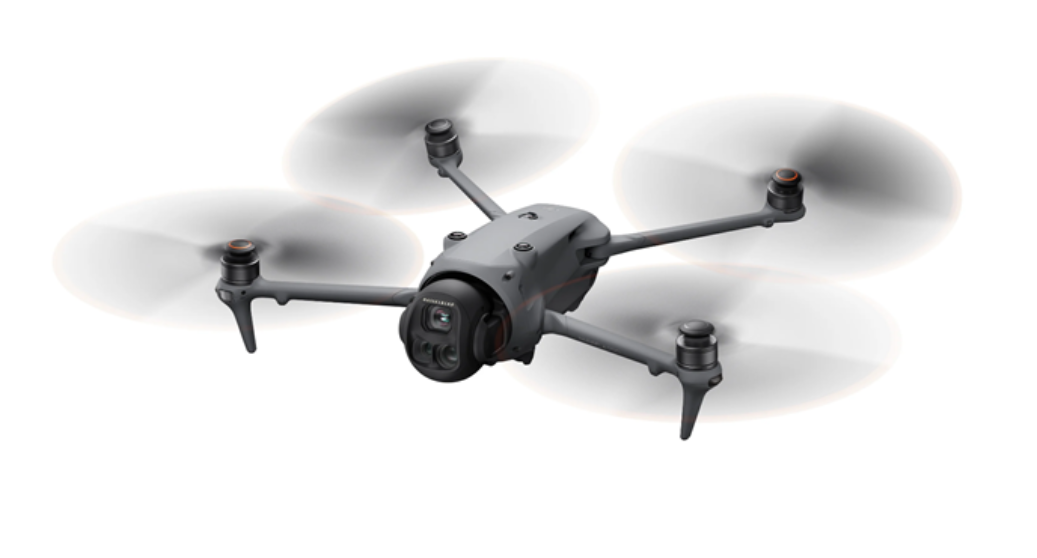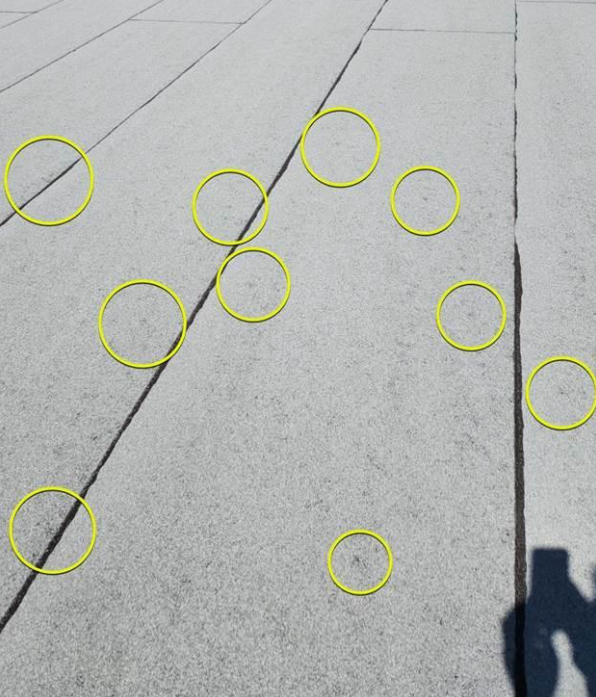In North America’s most hail-prone regions, property owners face billions of dollars in damage annually. The difference between a successful insurance claim and a denied one often comes down to one critical factor: the quality of your hail damage inspection. Whether you’re in Calgary’s “Hailstorm Alley,” Texas’s tornado-hail corridor, or Colorado’s Front Range, understanding proper inspection protocols can mean the difference between full coverage and financial devastation.
The Staggering Cost of Hail Damage in North America’s Top Three Hail Zones
1. Calgary, Alberta: Canada’s Hailstorm Capital
Calgary sits at the heart of Canada’s “Hailstorm Alley,” experiencing an average of 5 hailstorms per year. The city has endured some of North America’s most devastating hail events:
- August 2024: Nearly $2.8 billion in insured losses with over 130,000 claims
- June 2020: $1.3 billion in damages, ranking as Canada’s 4th costliest natural disaster
- July 2014: $450 million in property damage
- 2010-2020: Five major damaging hailstorms totaling over $5 billion
The geographic positioning between the Rocky Mountains creates the perfect storm recipe, with high-elevation winds mixing with cold northern air and humid southern currents.
2. Texas: The Hail King of America
Texas leads the United States with an astounding 667 hailstorms per year on average. The state recorded 1,123 major hail events in 2023 alone – more than double any other state. Key statistics include:
- Annual damage: $338.6 million in hail losses
- Dallas County: Leads over 600 most at-risk counties in North America
- 2016 Dallas storm: $1.4 billion in insurance claims
- Peak season: April through June accounts for 65% of annual events
3. Colorado: The Mountain State’s Hail Challenge
Colorado consistently ranks in the top three for hail frequency and damage severity:
- Annual average: Over 400 hailstorms per year
- Per capita damage: Over $30 per person annually (highest in North America)
- 2017 Denver storm: $2.3 billion in damages
- Annual losses: $151 million statewide
The Front Range corridor, stretching from Colorado Springs to Fort Collins, sees some of the continent’s most destructive hail due to orographic lifting against the Rocky Mountains.
Why Professional Inspection Makes or Breaks Your Claim
The $11,750 Question
The national average cost for hail damage roof repair is $11,750, but golf-ball-sized hail can drive costs up to $35,000 in severely affected areas. With repair costs ranging from $1 to $7 per square foot, accurate damage assessment becomes critical for proper compensation.
Insurance Industry Standards
Most insurance companies follow HAAG standards for hail damage verification. This requires:
- 10×10 foot test squares on each roof facet
- Minimum 10 documented hits per test square
- Photographic evidence with chalk marking
- Consistent damage patterns across the property

“Newer software apps & phones with high-resolution cameras have simplified the inspection process and made it easier for inspectors to document hail damage. Must have tech stack for damage documentation: CompanyCam – great for address-based project creation, for taking & editing photos with more context around the damage that someone is seeing, and writing hail damage reports.” – Inspect Hail Damage Like a Pro: Complete Guide & Photos by CPR Group Ltd.
The Technology Revolution in Hail Inspections
Modern professional inspections utilize sophisticated equipment:
Essential Technology Stack:
- CompanyCam: Address-based project creation and damage documentation
- Hover/Eagleview: 3D mapping and satellite measurements
- Xactimate: Industry-standard estimation software with monthly price updates (often not competitive prices. Circumvention can be done with bid items)
- Drones: For steep roof access and comprehensive aerial documentation

Traditional Equipment:
- Chalk: For marking damage (washes away with rain)
- CSA-approved ladders: For safe roof access
- Standardized checklists: For systematic documentation
Critical Areas Requiring Expert Assessment
Roofing Systems: The Primary Battleground
Sloped Shingle Roofs: Require identification of granule loss, exposed mat, and fractures. Professional inspectors know to look for circular impact marks and bruising patterns that indicate hail strikes versus normal wear.

Flat Roofs: Present unique challenges with SBS membrane damage that appears as circular bruising. Foot traffic from HVAC maintenance can complicate assessments, requiring experienced eyes to differentiate hail damage from mechanical wear.
Metal Roofing: Shows obvious denting on sunny days when viewed at low angles. Temperature variations affect visibility, making timing and technique crucial for accurate assessment.
Secondary Indicators: The Supporting Evidence
Professional inspectors examine multiple property elements:
- Soft metals (gutters, downspouts, flashing): Often show clear spoon-shaped dents
- HVAC equipment: Exposed units display obvious impact damage
- Window screens: Torn mesh indicates hail impact points
- Siding materials: Each type requires specific assessment techniques
The Documentation Difference
Amateur inspections often fail because they lack:
- Proper measurement tools for hailstone size verification
- Systematic photography with reference objects
- Multiple elevation analysis (north/west faces typically show more damage)
- Supporting evidence correlation across property elements
The Financial Impact of Inadequate Inspections
Rising Insurance Costs
State Farm paid out over $3.5 billion in hail claims in 2022 alone, representing a $1 billion increase from the previous year. This surge drives:
- 30% average premium increases following hail claims
- Stricter coverage requirements in high-risk areas
- Higher deductibles for properties in “Hail Alley” regions
Claim Denial Patterns
Insurance companies increasingly scrutinize hail damage claims, often denying those with:
- Insufficient photographic evidence
- Inconsistent damage patterns
- Lack of supporting meteorological data
- Poor quality inspection reports
Professional inspections address these concerns by providing comprehensive documentation that meets industry standards.
Regional Timing and Seasonal Considerations
Peak Hail Seasons by Region
Calgary/Alberta: June through September, with August historically producing the most severe events
Texas: April through June represents 65% of annual activity, with May and June being peak months
Colorado: Late spring through early summer, with afternoon storms being most common
Weather Window Optimization
Professional inspectors understand optimal conditions:
- Metal roof inspections: Sunny days for shadow/reflection visibility
- Membrane roofs: Any conditions work, but clear skies aid photography
- Post-storm timing: 24-48 hours for optimal evidence preservation
Choosing the Right Inspection Professional
Certification and Credentials
Look for inspectors with:
- HAAG certification or equivalent industry training
- Insurance adjuster licensing in your jurisdiction
- Roofing contractor credentials for technical expertise
- Technology proficiency with industry-standard software
Red Flags to Avoid
Storm chasers who appear immediately after storms often provide:
- Rushed, incomplete assessments
- Non-standardized documentation
- Pressure for immediate contractor agreements
- Lack of local licensing or credentials
The Path to Claim Success
Step-by-Step Professional Process
- Immediate post-storm assessment within 48 hours
- Comprehensive property inspection following HAAG standards
- Digital documentation using industry-standard platforms
- Meteorological correlation with official weather data
- Detailed reporting with supporting measurements and calculations
Documentation Requirements
Professional reports include:
- GPS-tagged photographs with time stamps
- Measurement data from satellite/3D mapping
- Material specifications for accurate replacement estimates
- Compliance verification with local building codes
Conclusion: Protection Through Preparation
In North America’s three most hail-prone regions – Calgary’s Hailstorm Alley, Texas’s tornado corridor, and Colorado’s Front Range – property owners face annual exposure to billions in potential damage. The difference between financial recovery and devastating loss often hinges on the quality of post-storm documentation.
Professional hail inspection isn’t just recommended – it’s essential. With average repair costs exceeding $11,750 and complex insurance requirements, the investment in proper assessment pays immediate dividends through accurate claims and full compensation.
Whether you’re dealing with Calgary’s notorious northwest-facing exposure, Texas’s supercell-driven destruction, or Colorado’s orographic-enhanced storms, remember: your inspection quality determines your claim outcome. In regions where hail damage exceeds $30 per capita annually, professional assessment isn’t a luxury – it’s a financial necessity.
Don’t leave your largest investment to chance. When the next storm hits, ensure your inspection meets industry standards, follows established protocols, and provides the documentation necessary for full insurance recovery. Your financial future may depend on it.


